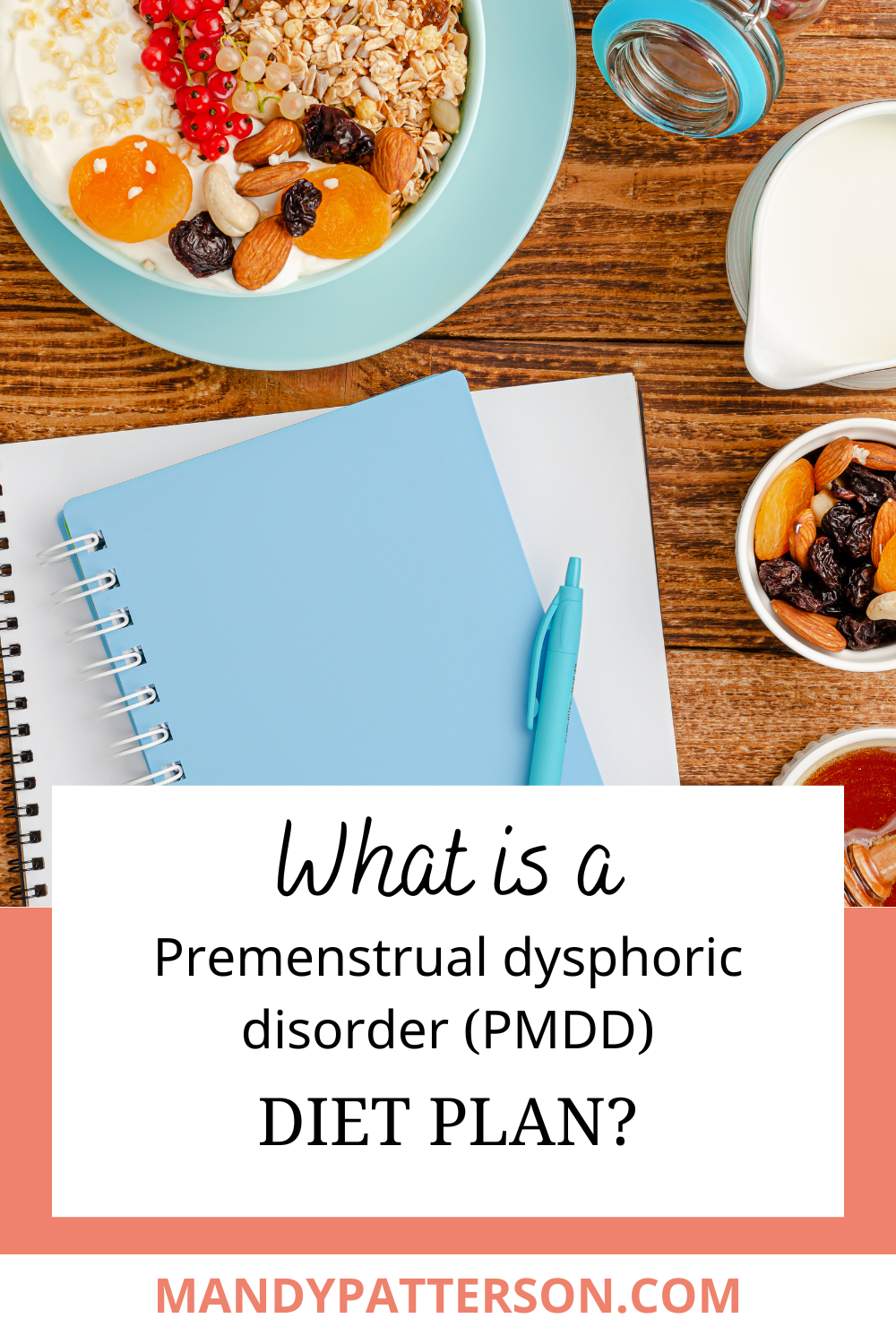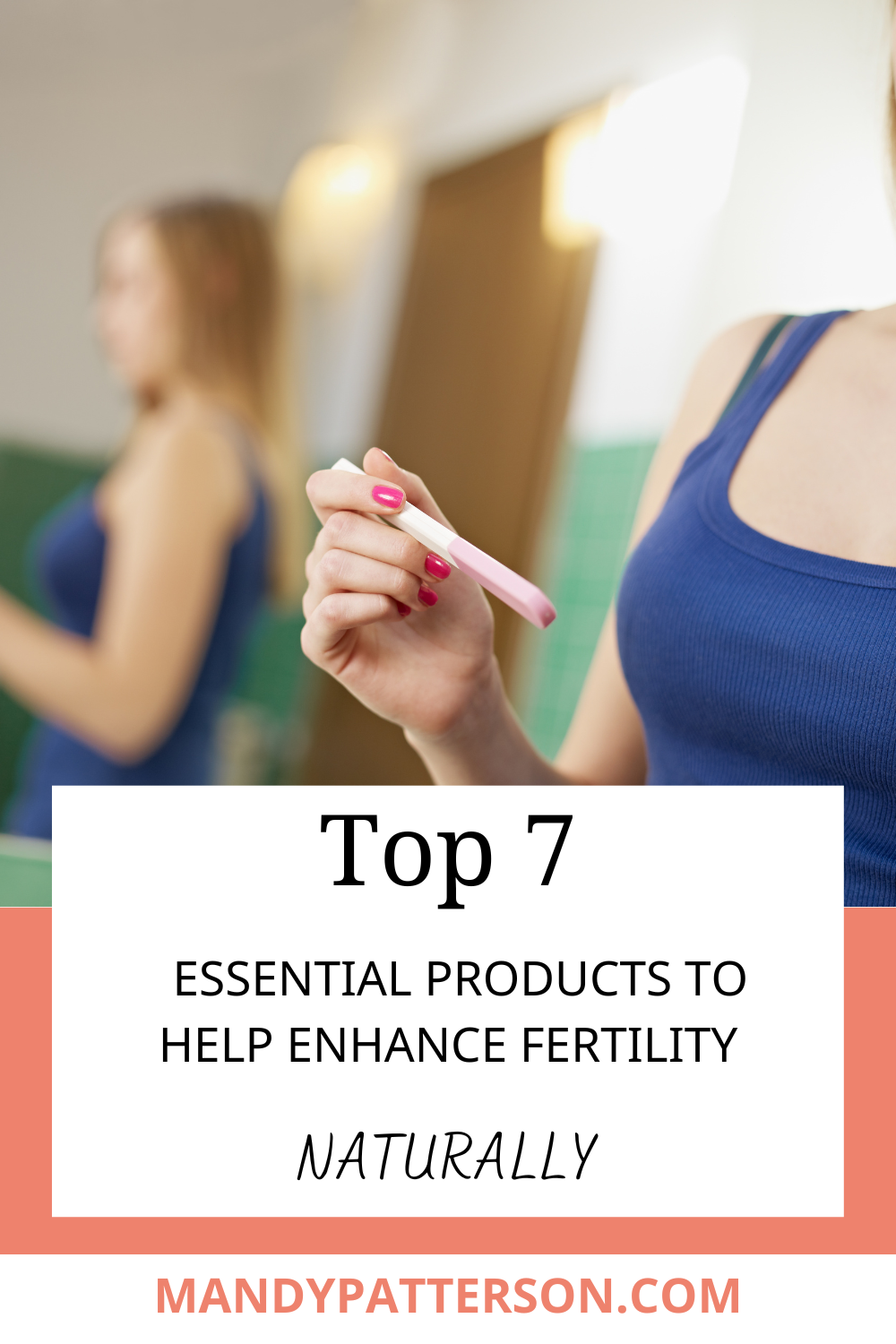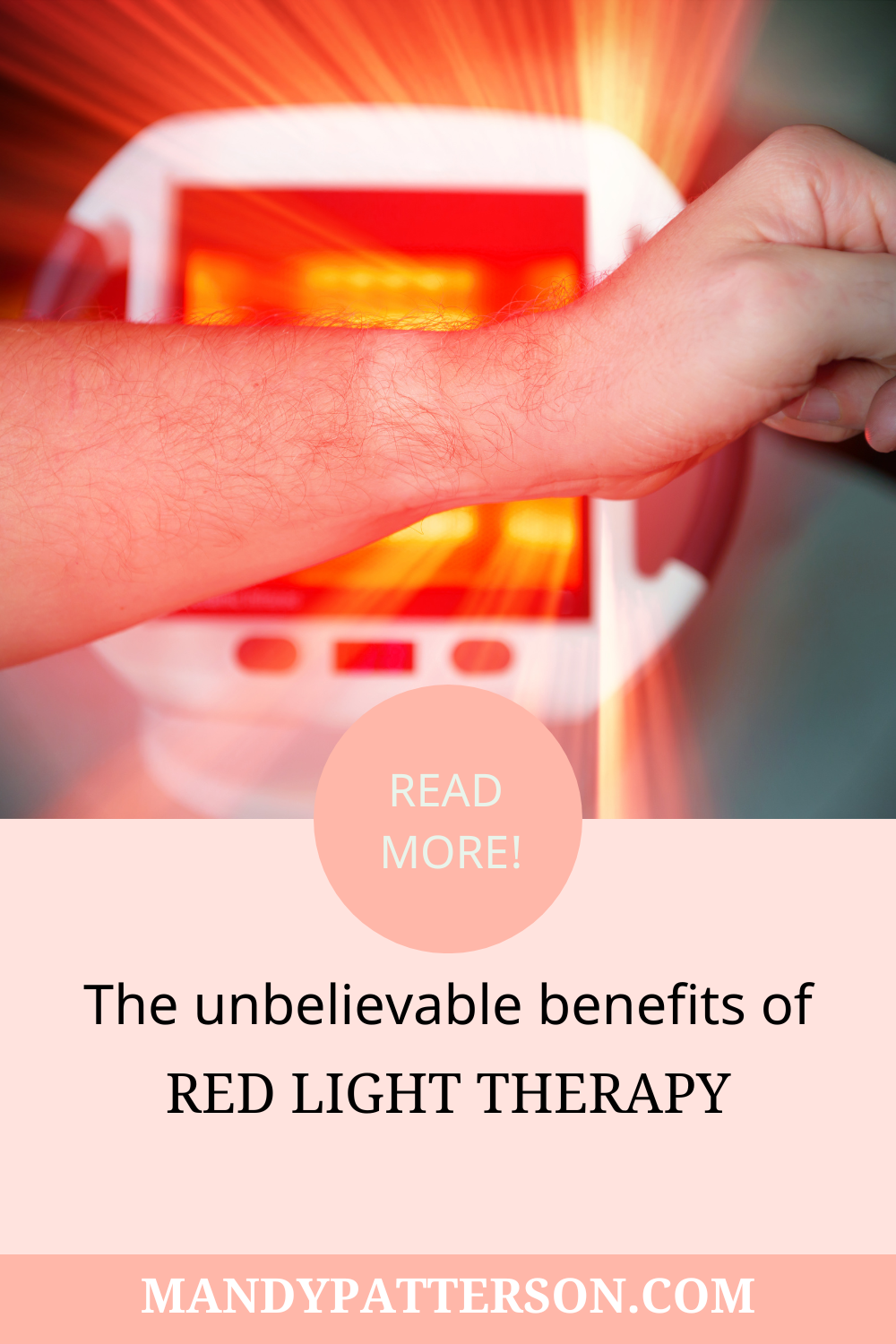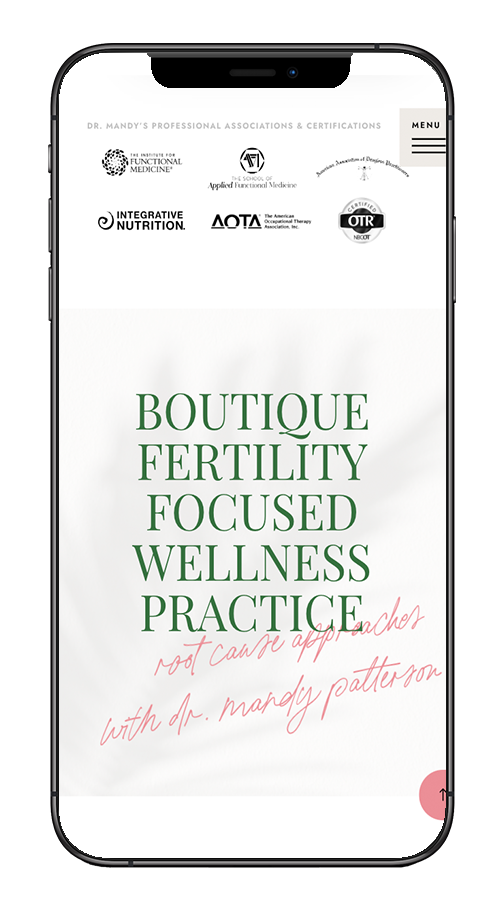Anxiety, bloating, constipation, back pain, crying for no reason, turning to food for comfort – yes, the symptoms of PMS (premenstrual syndrome) are so relatable for many women. For a lot of us females, PMS comes and goes, lasting for no longer than a few days before our period strikes. However, for other women, PMS takes on a whole other dimension.
Your symptoms are severe, and your menstrual cycle is a terror, especially the two weeks leading up to your period. If that sounds like you, you may be one of the 3-8% of women who experience PMDD. The struggle is real, but a PMDD diet plan may provide some relief from your symptoms.
What is PMDD?
Let’s start the conversation by defining PMDD – Premenstrual dysphoric disorder (PMDD) is a health condition similar to, but more serious than, premenstrual syndrome (PMS).
Women who suffer from PMDD find it to be a debilitating condition that disrupts their careers, relationships, and overall health. The symptoms are similar in nature to PMS but affect you more severely.
For example, if you have PMS you might feel sad and irritable in the week or two leading up to your period. If you have PMDD you will likely suffer from extreme mood swings and depressive symptoms like hopelessness and anxiety. In fact, the emotional changes and severity of symptoms are what make PMDD so life-altering.
Other emotional symptoms and physical symptoms of PMDD include:
- Headaches
- Bouts of rage
- Mood swings
- Depression
- Joint pain
- Muscle pain
- Hot flashes
- Insomnia
- Extreme fatigue
- Appetite changes
- Anxiety
- Irritability
- Difficulty concentrating
- Cramps
- Bloating
- Breast tenderness
- Feelings of hopelessness
- Suicidal thoughts
- Bouts of extreme sadness
- Decreased interest in usual activities
PMDD is diagnosed if a woman experiences five or more symptoms during the luteal phase of the menstrual cycle. This is the time of the month about a week before her period.
What is the Holistic Approach to PMDD?
The holistic or functional medicine approach to PMDD consists of looking at the underlying root cause of your PMDD symptoms. This approach often involves checking hormone levels for any hormonal imbalances and identifying any other potential health conditions that may be contributing to your symptoms.
Often lifestyle changes like increasing your physical activity and eating a balanced diet of whole foods are part of the treatment options for reversing PMDD.
Meanwhile, the conventional medicine perspective includes prescribing birth control pills and Selective serotonin reuptake inhibitors (SSRI), which are antidepressants.
The fact is that PMDD is an abnormal reaction to the fluctuations in hormonal changes that take place during a woman’s monthly cycle.
Recent studies have shown that women with PMDD actually have a genetic sensitivity to estrogen and progesterone, which triggers extreme reactions.
For this reason, the natural approach to PMDD may be more beneficial than the conventional approach. For example, nutritional genomics, or genetic nutrition testing, is the study of how nutrients and genes interact. The foods you eat change your gene expression and how your genes work. On the other hand, your genes determine your body’s nutritional needs.
What you eat really does matter! If you are interested in a more natural approach to PMDD, keep reading for the best PMDD diet plan.
PMDD Diet Plan
There are effective and natural approaches for the treatment of PMDD that can be used as stand-alone therapies or combined with other interventions, such as addressing gut health, inflammation, and hormones. A PMDD diet plan is just one part of the equation. With that being said, here are some guidelines for a PMDD diet.
Eat Protein and Fat with Meals
Eat high-quality lean protein and healthy fats with each meal. Fat and protein will help support blood sugar stabilization and liver detoxification of hormones. In addition, they supply you with much-needed nutrients.
Eat More Vegetables
Eating your vegetables cannot be overstated. Veggies and fiber help keep estrogen moving out of the body. Try to eat cooked or raw cruciferous vegetables daily to support estrogen metabolism. Also, incorporate nutrient-dense leafy greens like spinach, Swiss chard, mustard greens, and collards into your diet.
Increase Your Fiber Intake
Fiber supports the elimination of estrogen your body no longer needs, along with metabolic waste. It also feeds your gut microbiome and helps prevent gut dysbiosis from occurring, which can lead to inflammation and make your symptoms worse. Incorporating lentils, brown rice, burdock root, whole ginger root, artichokes, oats, and chia seeds are an excellent way to diversify the fibers in your diet. Also, be sure to drink plenty of water throughout the day to avoid constipation.
Add Complex Carbs
Foods that have complex carbohydrates consist of three or more natural sugars and are rich in fiber. These foods enter the bloodstream gradually, causing only a moderate rise in insulin levels, which can help stabilize your mood and keep your cravings under control. Sweet potatoes, squash, pumpkin, lentils, potatoes, and unprocessed oats are great sources of complex carbohydrates.
Work With a Fertility Coach
Reproductive health impacts the rest of your health. If you are someone who suffers from PMDD know that you are not alone and that there is an underlying root cause to your symptoms. As a fertility coach, I pull the right labs to get to the bottom of your unique health situation. Not only that, I will create a personalized protocol and PMDD diet plan to help you achieve the healing you deserve. Interested? Contact me to learn more!


















